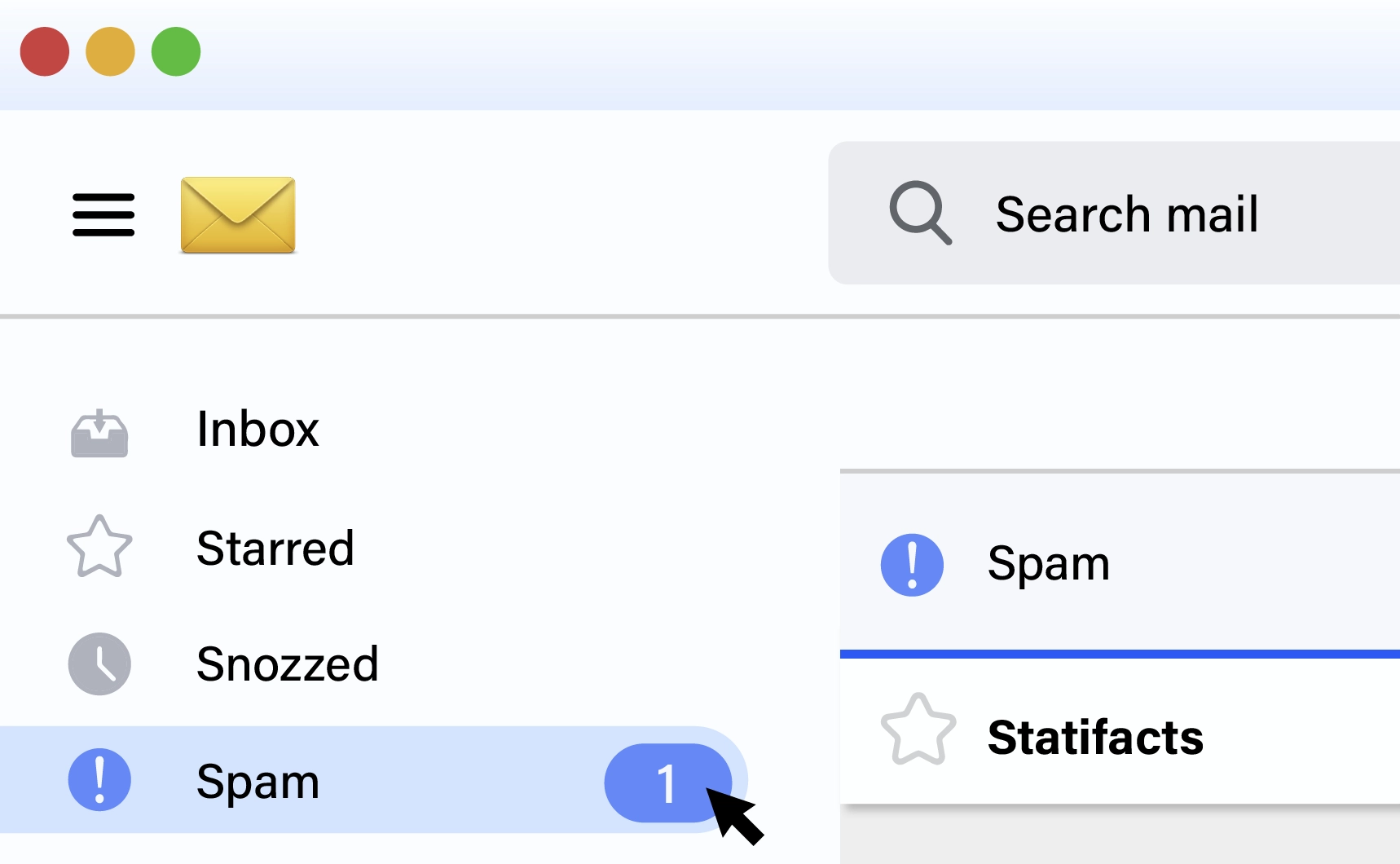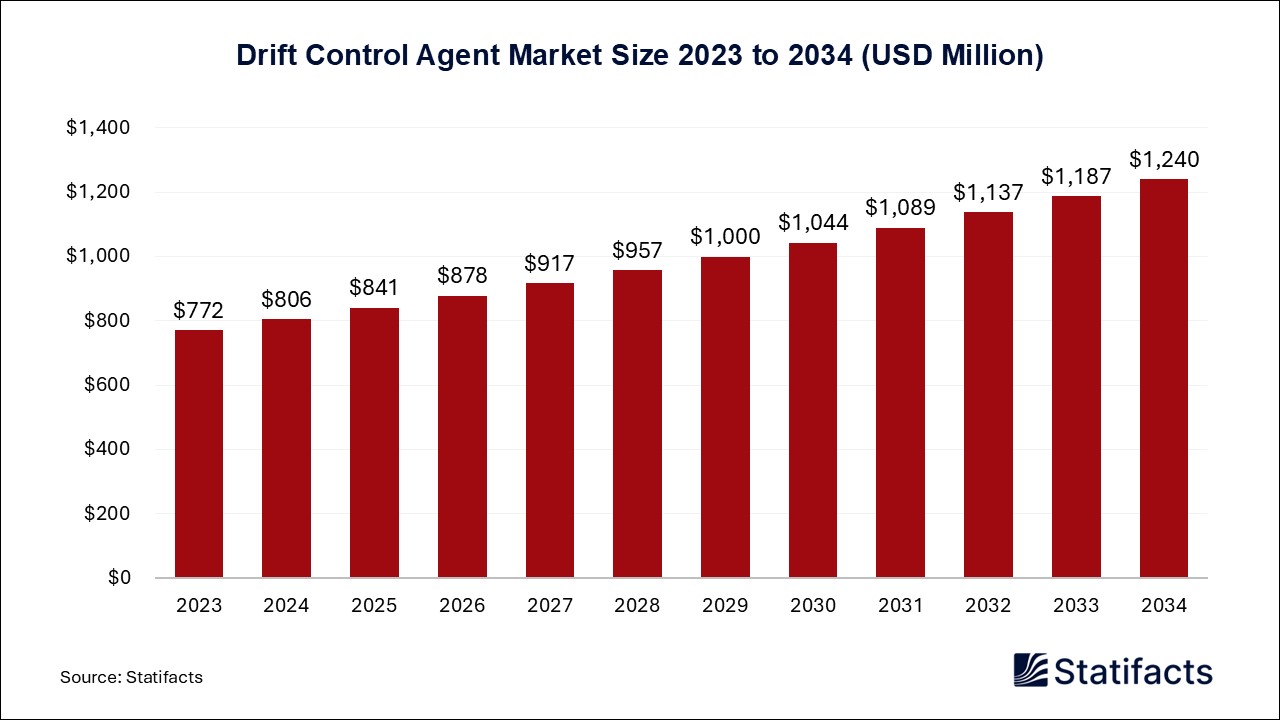
By clicking “Accept All Cookies” you agree to the storing of cookies on your device to enhance site navigation, analyze site usage, and assist in our marketing efforts.
Privacy PolicyThe North America pharmaceutical excipients market size surpassed USD 3.24 billion in 2024 and is predicted to reach around USD 5.77 billion by 2034, registering a CAGR of 5.94% from 2025 to 2034.
| Industry Worth | Details |
| Market Size in 2025 | USD 3.42 Billion |
| Market Size by 2034 | USD 5.77 Billion |
| Market Growth Rate from 2025 to 2034 | CAGR of 5.94% |
Pharmaceutical excipients are inert substances, substituted as a carrier with no medicinal assets, that play a role in assisting characteristics that aid in the formation of a tablet. It entails all the substances being built up to produce a medicine. The demand to manufacture drugs involving excipients is expanding across the forecast period, due to the growing need for pharmacological products around the globe. The government offers incentives for research and development in areas such as new excipient technologies, novel formulation approaches, and alternative drug delivery systems. This can include grants, tax credits, and public-private collaborations to uplift innovation in the pharmaceutical industry.
Stringent regulations that govern excipient acceptance processes generally contribute to delays in product introductions, hindering market penetration.
The advancement of smart excipients that can acknowledge specific stimuli or environmental states to regulate drug release. These intelligent materials can enhance drug efficacy, lessen side effects, and improve patient compliance by providing the right quantity of medication at the accurate time and to the precise location in the body.
The binders & fillers segment dominated the North American pharmaceutical excipients market in 2024. Binders improve the binding forces between powder particles, generating a cohesive mass that can be indurated into a tablet. In wet granulation, binders are attached as a solution to the powder, assisting in generating granules that are easier to compress. Fillers add bulk to the tablet, making it easier to handle and consume, mainly for low-dose formulations. Fillers can also be utilized in direct compression, where the powder mix is compressed directly into a tablet beyond prior granulation.
The coating agents segment shows lucrative growth during the forecast period. Coating agents play a vital role in improving the performance, quality, and patient experience of solid dosage forms such as tablets and capsules. They act as an obstacle against environmental causes, enhance appearance, alleviate swallowing, and can even permit controlled drug release.
The lactose-based segment is positioned to show promising growth in the coming year. North America is considered the leading contributor of pharmaceutical excipients, i.e., lactose. Lactose can be utilized as a carrier or diluent in capsule formulations, used to sustain the desired capsule flow and volume. Pharmaceutical-grade lactose is mainly manufactured to meet strict quality standards, guaranteeing its efficacy and safety. Lactose purity is vital to block potential concerns, such as allergenicity or the existence of impurities that can affect patient safety or drug release.
The cellulose-based segment saw its presence grow substantially in the forecast period. Cellulose-based excipients, such as microcrystalline cellulose (MCC), assist in binding active pharmaceutical ingredients (APIs) and a few excipients together throughout tablet manufacturing, ensuring tablet stability and strength. Some cellulose derivatives, such as hydroxypropyl methylcellulose (HPMC), can be utilized as gelling agents in liquid formulations, offering a smooth, uniform texture.
Published by Deepa Pandey
Related Reports
To get full access to our Market Insights, you need a Professional Account or a Business Suite.

You will receive an email from our Business Development Manager. Please be sure to check your SPAM/JUNK folder too.

You will receive an email from our Business Development Manager. Please be sure to check your SPAM/JUNK folder too.

Our customers work more efficiently and benefit from


